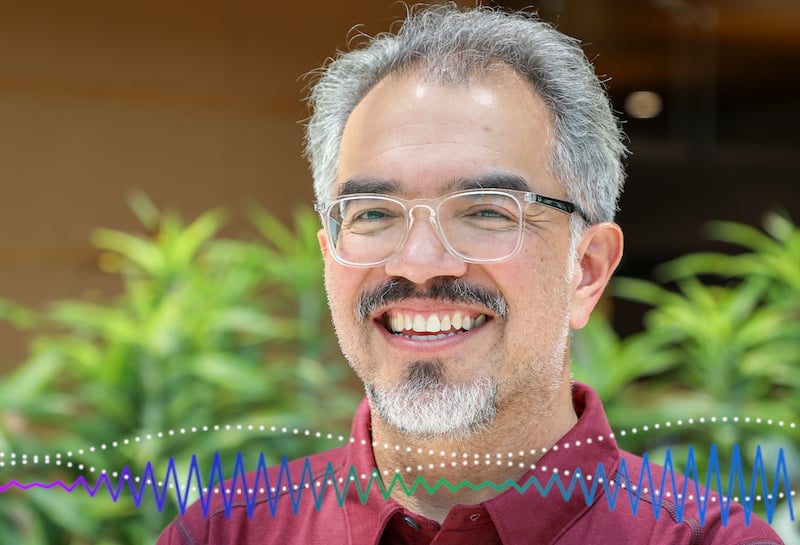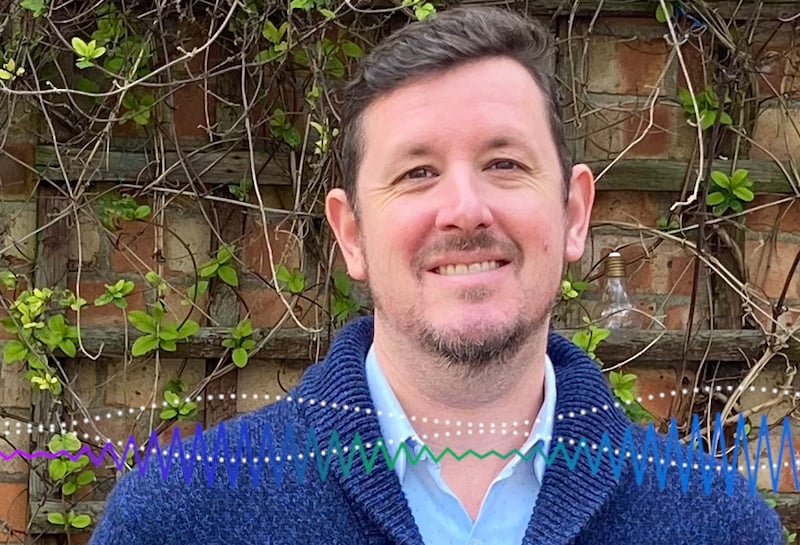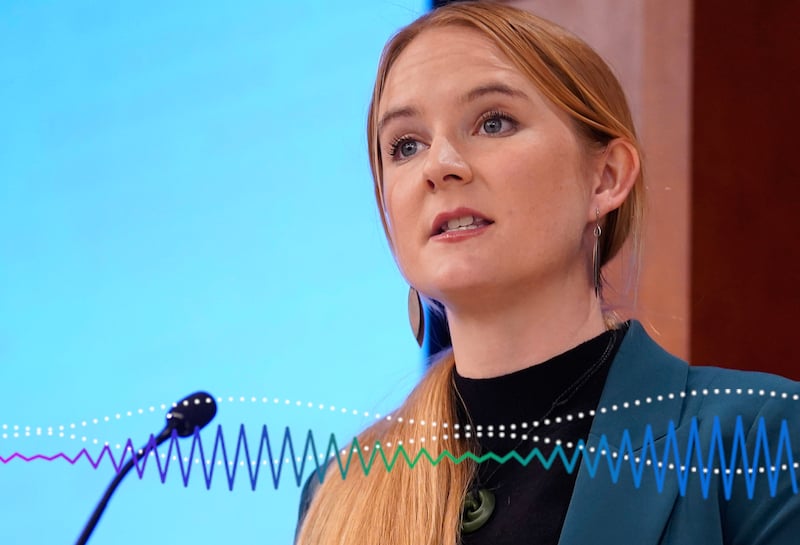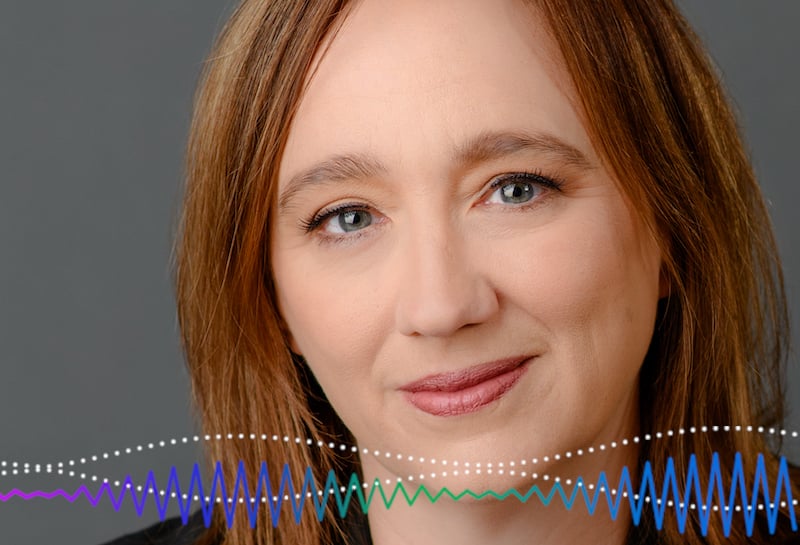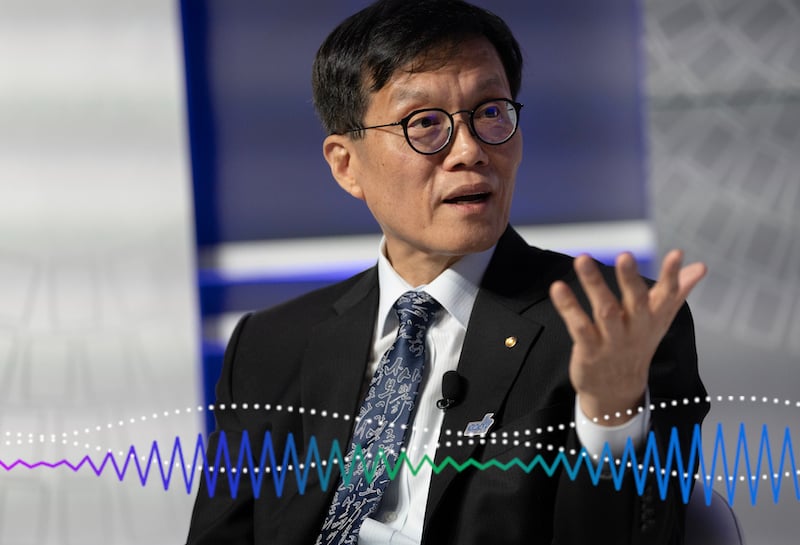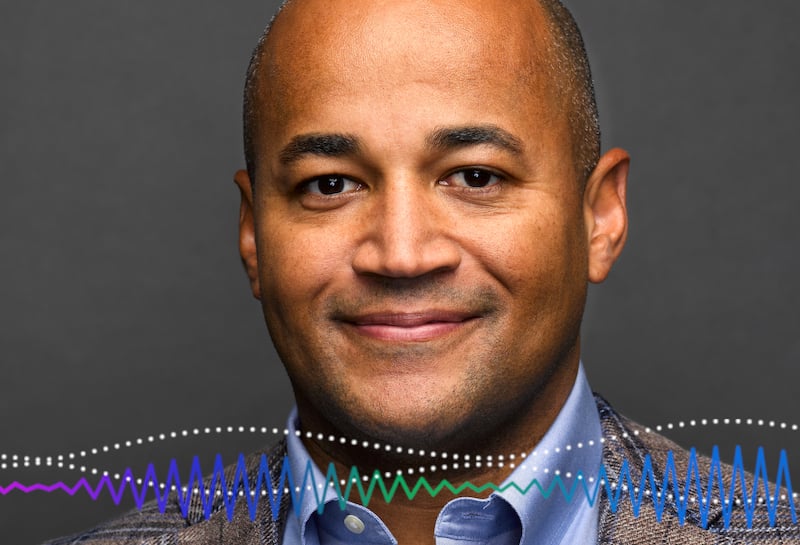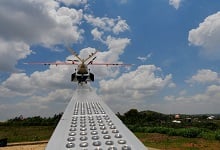
Drones Proving a Lifeline in Rwanda
Zipline drone on a launch pad at operations center in Muhanda, Rwanda. (photo:JAMES AKENA/REUTERS/Newscom
In This Episode
There are many layers to development. Sometimes there’s a need where the solution is not at all obvious. But other times it’s simply about connecting the dots- when the solution is available but out of reach due to the lack of infrastructure like roads, power lines or telephone wires. Technology is helping connect those dots more than ever before, and the phenomenon has come to be known as leapfrogging. In this podcast, we hear from the people behind Zipline, a start-up that uses drones to make emergency blood deliveries to remote clinics in Rwanda.
Hello, I'm Bruce Edwards and welcome to this podcast produced by the International Monetary Fund.
MR. RINAUDO [soundbite]: “Zipline is the startup that designs, manufacturers, and operates autonomous electric aircraft that deliver medicine to hard‑to‑reach places in the world.”
MR. EDWARDS: There are a lot of different layers to development. Sometimes there’s a need where the solution is not at all that obvious, but other times it’s simply about connecting the dots.
There’s a need where the solution is available but out of reach, because of the lack of infrastructure like roads, power lines, or telephone wires. Technology is helping connect those dots more than ever before and the phenomenon has come to be known as “leapfrogging.”
Today we hear from the people behind a startup that uses drones to make emergency blood deliveries to remote clinics in Rwanda. The founder and CEO of Zipline is Keller Rinaudo and his chief revenue officer is Matthew Steckman.
I started by asking Keller: why Rwanda?
MR. RINAUDO: The reason we actually started in Rwanda, which often kind of surprises people, is that there was an amazing opportunity to partner with a government that had a really specific vision for how automated and instant delivery could save lives.
So, by working together, we were essentially able to show that this technology can actually make it possible to increase access to really crucial medical products while actually reducing waste and saving lives.
Not only did we have a really innovative government in Rwanda, but it’s also a pretty small country that is pretty centralized. So, that made it an amazing place to demonstrate the power of this technology, and now we’re basically in the process of using Rwanda as a role model—other countries are basically seeing what was accomplished in Rwanda and basically following their lead.
MR. EDWARDS: So, talk to me a little bit about the technology, like how does it work exactly, and what do you use to deliver these products?
MR. RINAUDO: The experience of using Zipline is actually really simple. A doctor or nurse anywhere in a country can pick up a phone—a feature phone or a smartphone—and can send a text message or website message and say, ‘we have a patient who's in danger and this is what we need.’
They'll get a text message back saying, ‘thanks for your order, the Zip’s on the way.’ And then 15 minutes later, they’ll get a text saying, ‘hey, please walk outside, the order’s about to be made.’
Then they walk outside and they’ll watch the small aircraft fly over at about 30 feet and the package is dropped. We use a simple paper parachute that allows that package to basically fall reliably and precisely into the courtyard of a hospital or a lab or a health facility. The doctor immediately has what they need to save a patient’s life.
So, a hundred percent of the team that’s running the distribution center today is Rwandan, and they have actually been able to figure out—they’ve been able to master something that the richest, biggest, technology companies in the world have not been able to do.
MR. EDWARDS: That’s interesting. Did you have trouble recruiting the talent that you needed to get this going in Rwanda; was there a skill set that you were looking for that wasn’t there, did you have to do training?
MR. RINAUDO: There certainly is a skill set that’s required to operate an automated instant delivery system at a national scale, but nobody in the world has it!
What we’re doing is unprecedented, so we’ve realized that really what we need to do is just focus on finding people who have the right core traits, which means people who are really ambitious, hardworking, and excited to learn.
So, we really have focused all our hiring—in any country where we operate—on finding individuals who have those traits and then doing a really good job of training them and basically developing their skills over time, so that they become world experts at operating autonomous vehicles.
MR. EDWARDS: Matt, maybe you can answer this question. In terms of capital, the investment that it took to develop this technology and to implement the project, did the capital come from within Rwanda or did it come from abroad?
MR. STECKMAN: So, it’s really a combination. With any good technical project, the hardest part of it is not the first 90 percent, it’s the last 10 percent to make it real and to make it physical and to make it work when you need it every day.
So, yeah, the capital came from a lot of different places, but the work that was done in Rwanda, the capital, and the sponsorship from the government of Rwanda, that push, that last 10 percent, that actually made it real.
MR. EDWARDS: It seems to be a little easier to leapfrog in Africa than it does in advanced economies like United States and Europe. Why do you think that is; is it easier to cut through red tape perhaps? What’s your opinion on that?
MR. RINAUDO: I think there are two parts, and one part is well understood and one isn’t. I think the part that’s well understood is that it’s definitely the case that some problems are more severe in the developing world than they are in the developed world, so solutions to those problems naturally start in the developing world.
An example of that would be that mobile payments have really taken off in many parts of Africa, because people don’t actually have traditional bank accounts, and that I think is part of that.
Obviously, in instances where Zipline can make a delivery to a place that wouldn’t otherwise be reachable by roads, that’s a good example of leapfrogging over the absence of infrastructure.
I think the other half of leapfrogging is that young countries tend to be more willing to try new things and take a little bit of risk. In short, they tend to be more entrepreneurial.
I think as countries become rich and old, they tend to become more risk-averse and concerned about protecting what they have and not interested in doing new things. So, I actually think there’s an aspect of leapfrogging that it’s necessary for a government or for a people to be really entrepreneurial, enterprising, like the definition of the word. So, I think a lot of the countries that you see taking these leapfrogging opportunities today are the ones where that spirit of entrepreneurship is really strong.
MR. EDWARDS: It seems that emerging technologies are turning entrepreneurs like you guys into development workers. You’re working toward the development of these countries in what you’re doing; your product is contributing pretty significantly to a serious development issue within the country. Can you see that happening more and more?
MR. RINAUDO: I think if it doesn’t happen, the world is going to end—and I'm not even sure that that’s an exaggeration. I think technology is going to have really disruptive impact on all traditional industries and economies. Automation is going to fundamentally change the kinds of skills that people need to be competitive in a global workforce and it’s coming way faster than anybody realizes.
So, there are major problems that humanity faces, like getting all 7 billion people on the planet access to health care, getting them access to education, getting them access to food. These are basic ones.
We have the technology and the resources to solve those problems today, but I don’t believe that we’re going to solve them at scale via more traditional models of foreign aid. The only way we can solve problems at that scale is through entrepreneurship and new technological solutions.
So, that’s why I answer that question so strongly! I actually think it’s imperative for the human race that people realize that these global problems that affect billions of people are not the responsibility of only foreign aid organizations or nonprofits. They are fundamentally the responsibility of all of us and they’re also a huge economic opportunity for startups, and it’s only startups that are going to be able to solve that problem.
MR. EDWARDS: So, I assume you guys are thinking of expanding this beyond Rwanda. Where are you looking to expand, and, because there are a lot of countries with pretty significant governance issues, is that a deterrent for you?
MR. STECKMAN: Yeah, that’s the fundamental question for our business. Yes, we are looking at many other countries in Africa—East, West, South, North, you name it—and having conversations with health ministers and with heads of state and sometimes with foreign direct investment offices, but we’re also looking outside of Africa.
This technology has incredible application for archipelago nations that you find in Southeast Asia. It has excellent application in the Middle East where there are long distances between city centers. So, all over the place, it’s a different flavor of infrastructure challenge, but still applicable to the way that you can, in this case, leapfrog the traditional solution to logistics in trying to fly things in the air.
MR. EDWARDS: Given the new technology and with all the potential in Africa, why do you think there’s still a reluctance to invest in ideas like this in Africa, you know, to invest in startups?
MR. RINAUDO: I think that largely investors are doing pattern recognition—they look at the ideas that have worked over the last 50 years, and they say these ideas primarily focused on serving rich white people. So, they then say, well, what over problems do rich white people have that we’re going to solve? I think the reality is that pattern recognition actually is not very powerful at predicting the future. The short answer is they’re just basically blind to the opportunity and I do think that’s changing.
Zipline has been able to partner with the best venture capitalists in the world, and the best global public health organizations in the world, and the best governed countries in the world. I think investors are starting to understand the size of these markets and the potential to have a huge impact on the world, but nothing changes people’s opinions faster than success, and that’s the reason that we work so hard. We want to show that it’s possible to do this in a scalable and profitable way, and it’s possible to use technology and engineering to solve global problems and save hundreds of thousands of lives.
MR. EDWARDS: That was Matthew Steckman and Keller Rinaudo talking about how drone technology is helping save lives in Rwanda.
You can watch the webcast of Keller Rinaudo’s presentation at the IMF called “Leapfrogging Development” by going to imf.org and typing “zipline” in the search box.
You can also see some very cool videos of how Zipline works at flyzipline.com. If you liked this podcast, subscribe on iTunes or on your favorite podcast app. Just look for “IMF podcasts.” You can also now follow us on Twitter: @imf_podcast.
Join Us on Every Major Platform
Latest Podcasts
BEHIND THE MIC

Bruce Edwards
International Monetary Fund
Bruce Edwards produces the IMF podcast program. He's an award-winning audio producer and journalist who's covered armed conflicts, social unrest, and natural disasters from all corners of the world. He believes economists have an important role in solving the world's problems and aspires to showcase their research in every IMF podcast.

Rhoda Metcalfe
RHODA METCALFE is an independent journalist and audio producer.





